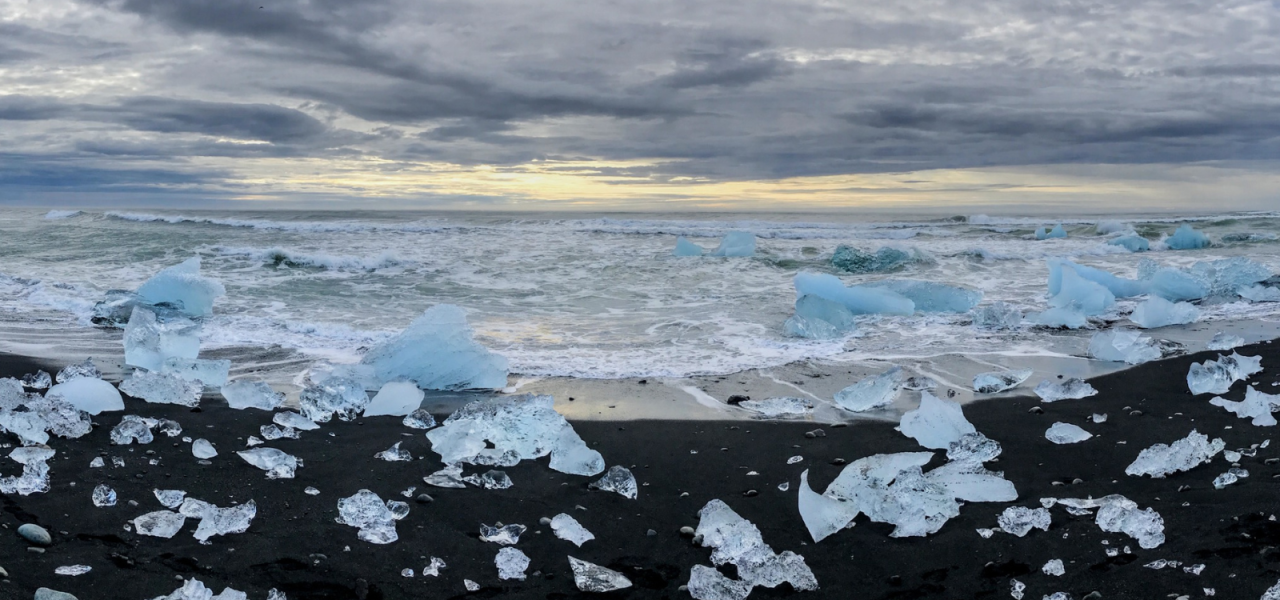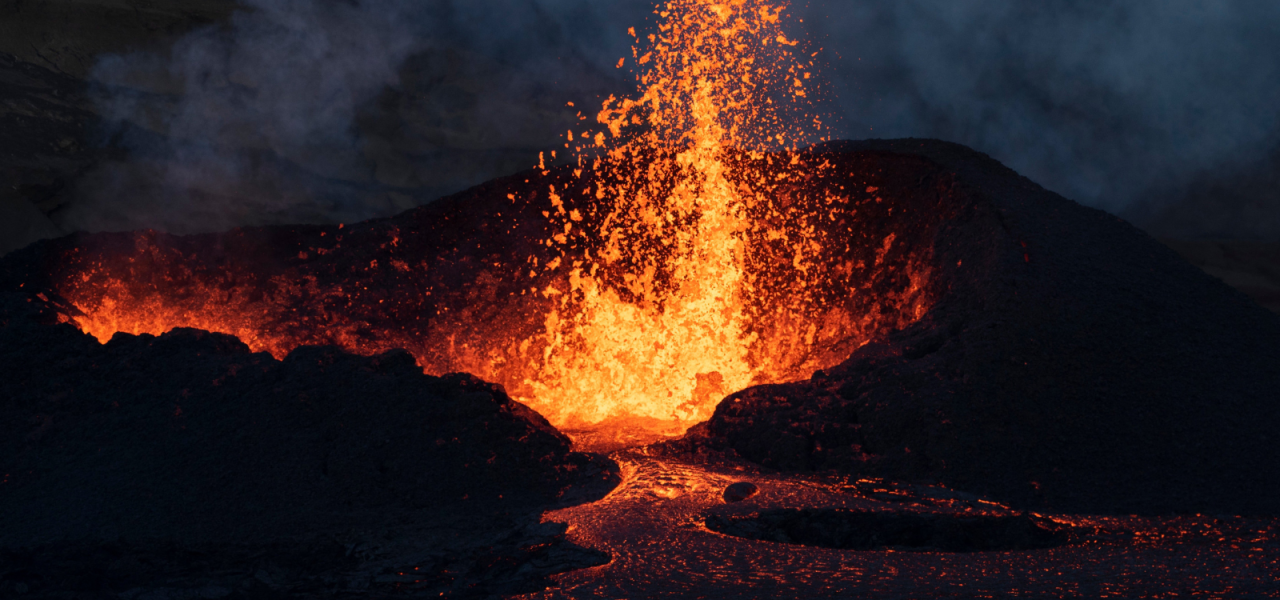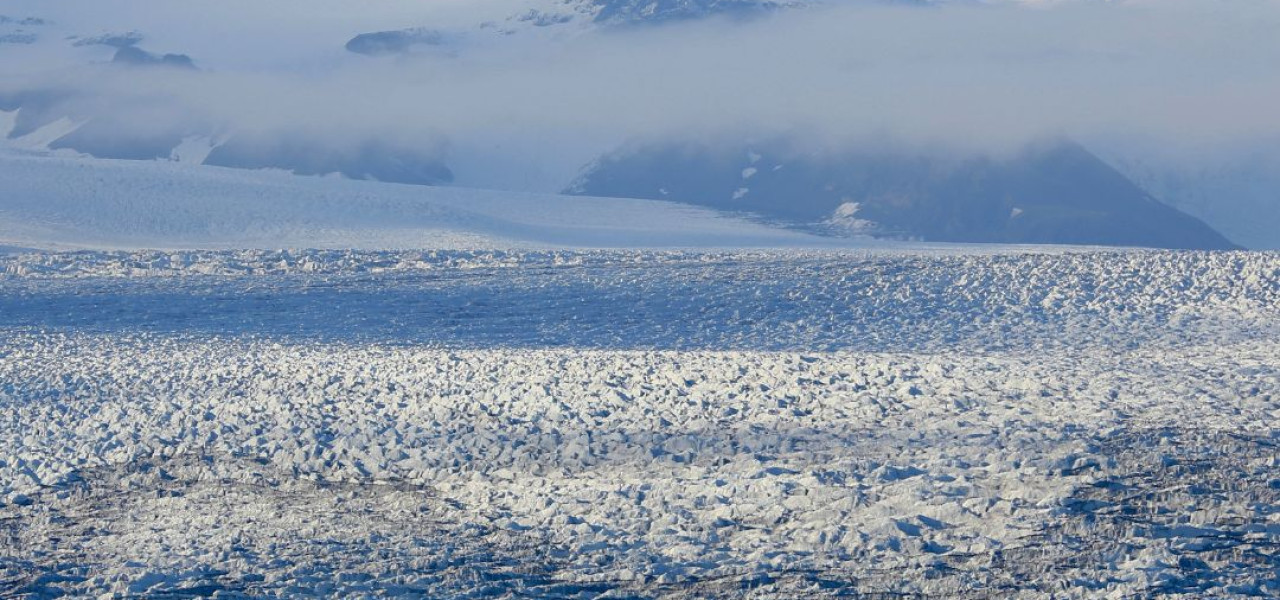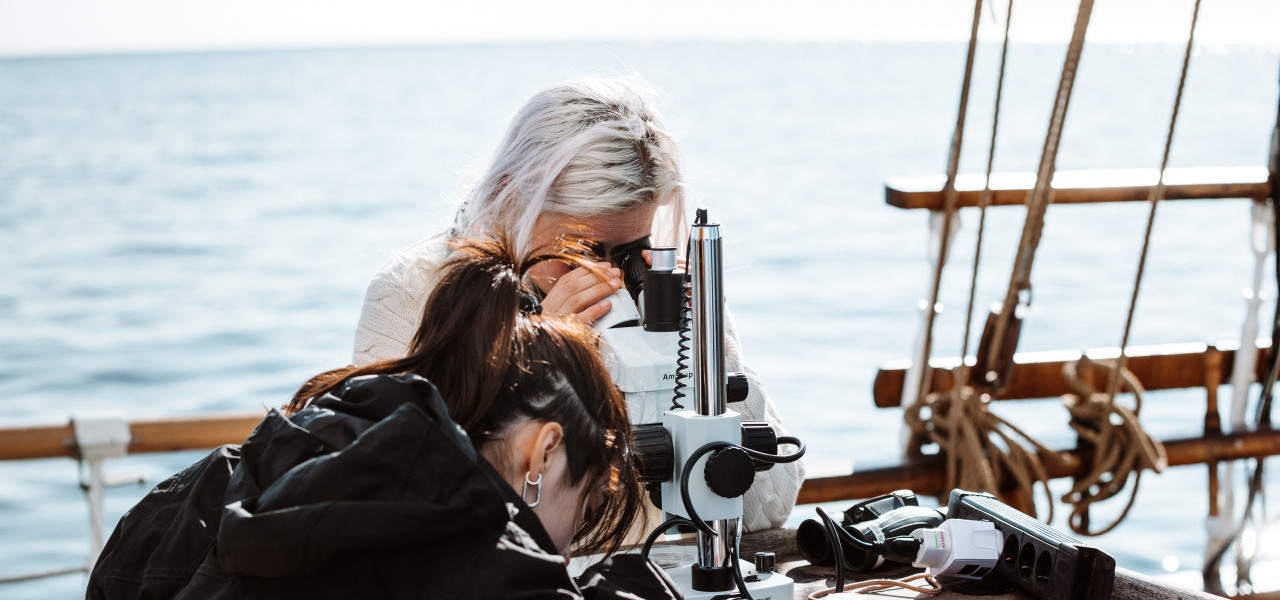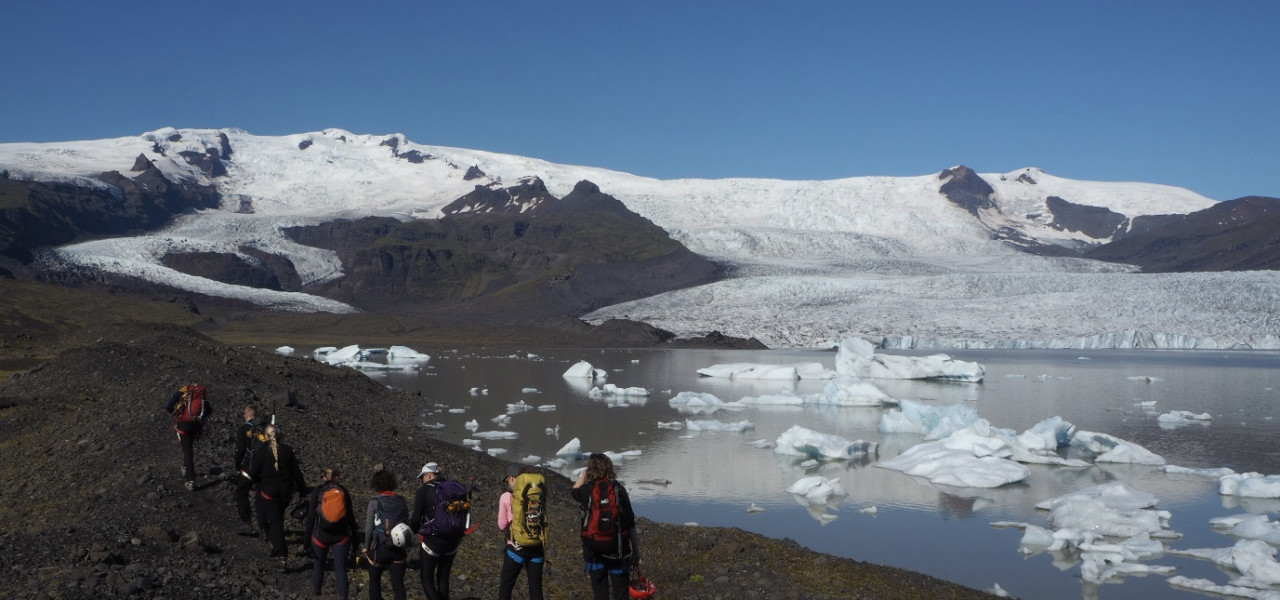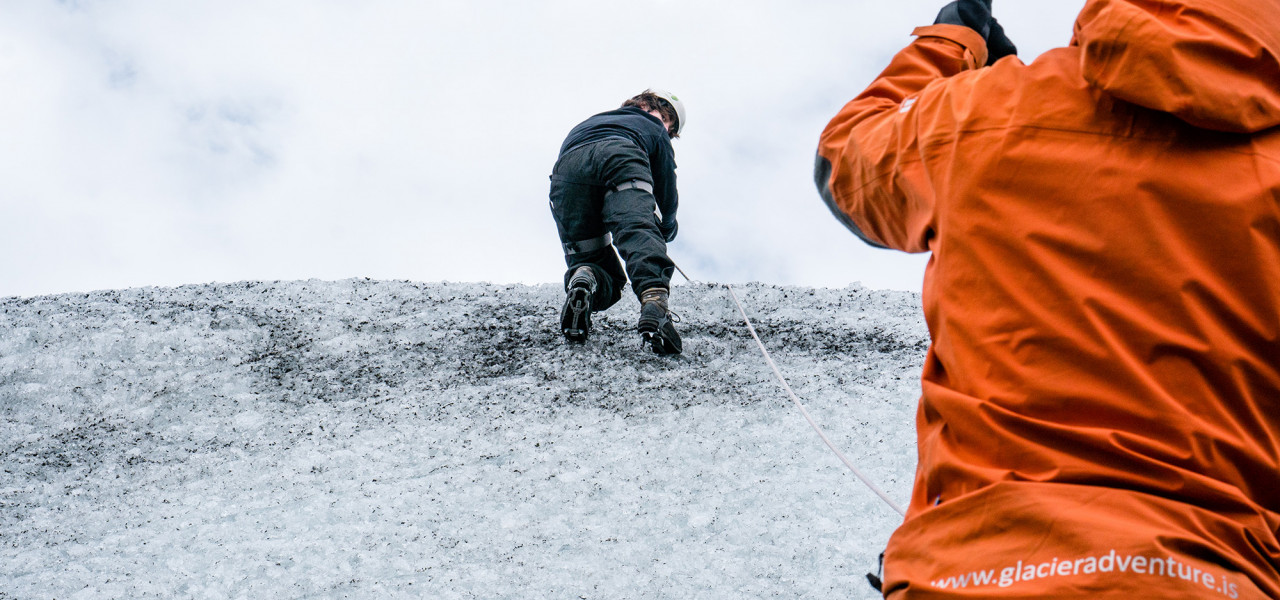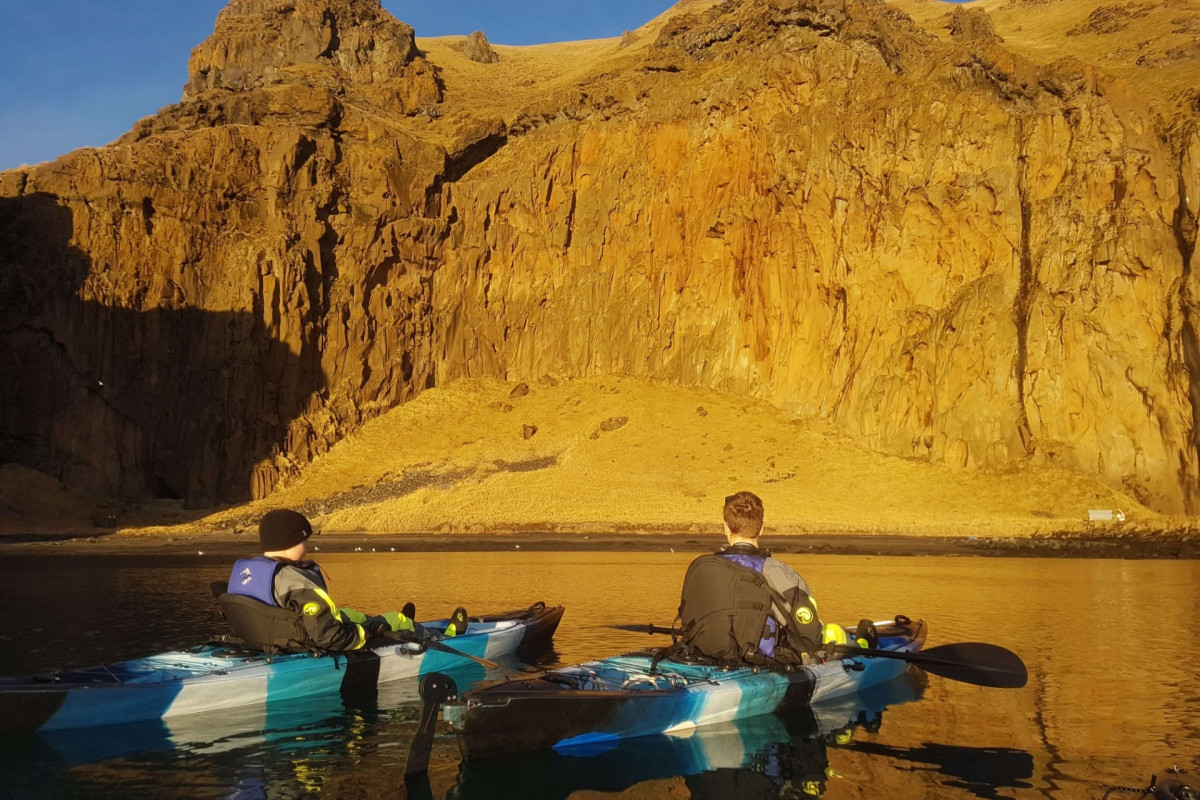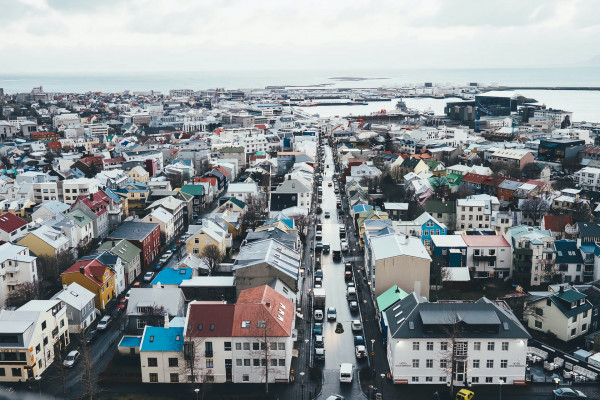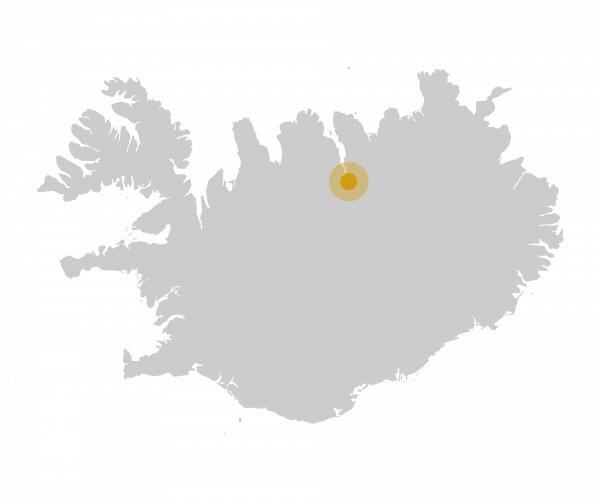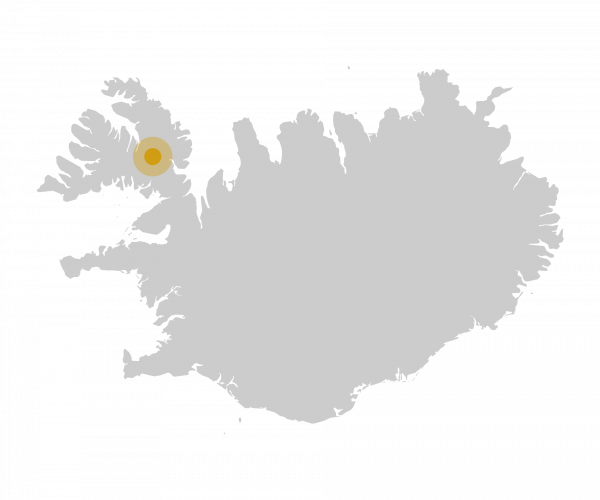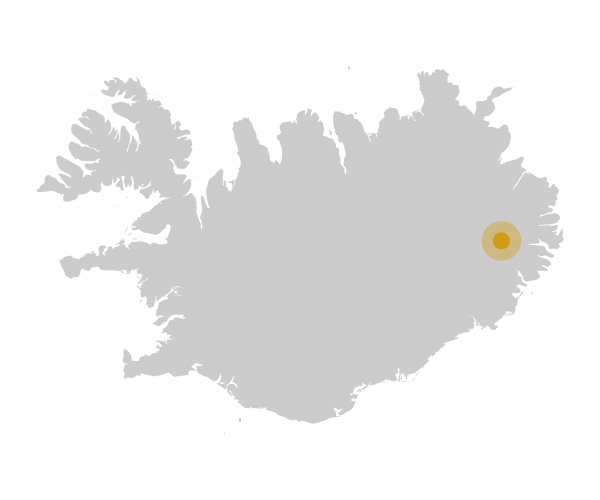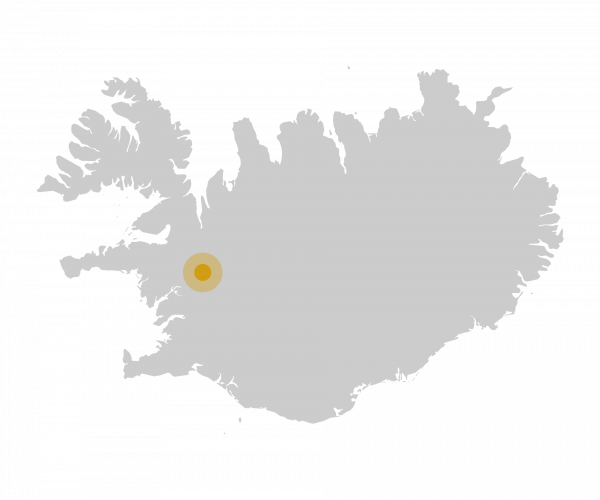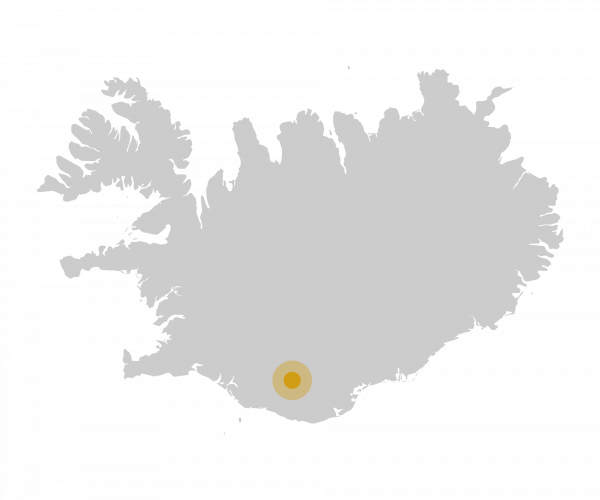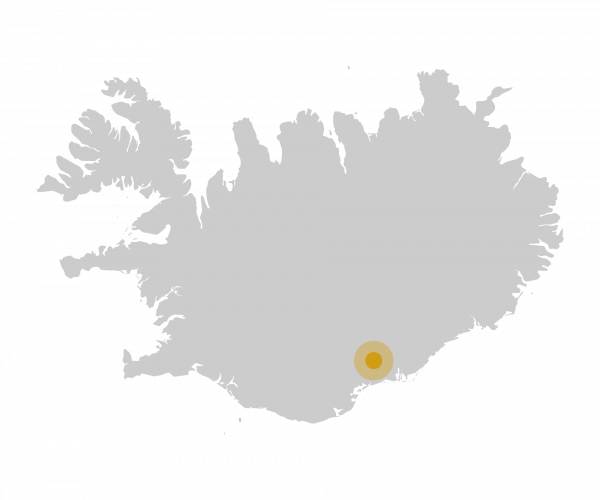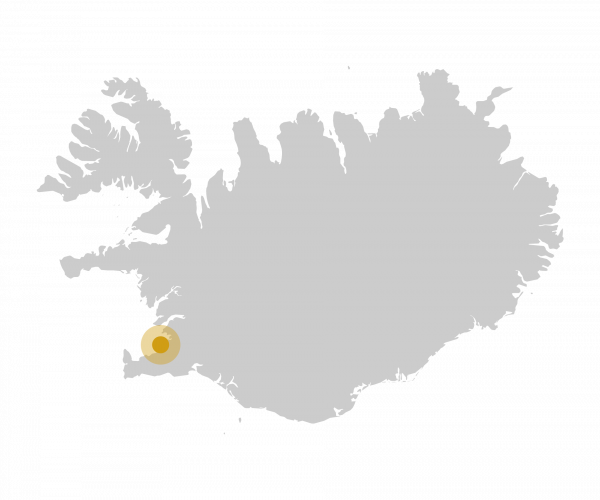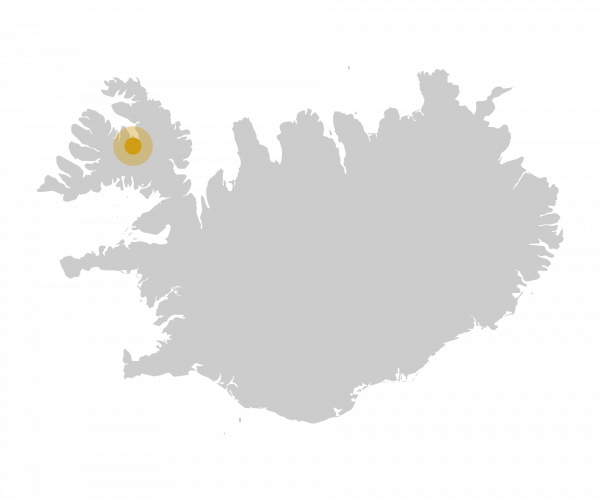Discover Iceland
The marine life of North Iceland
Many villages of the North are dedicated to exploring marine life. Húsavik is the whale watching capital of Iceland and hosts the impressive Húsavik Whale Museum. The village Hvammstangi is home to the Seal Centre while the nearby Lake Mývatn and its surrounding wetlands provide the habitat for a huge variety of waterbirds.
The wilderness of Westfjords
Nature prevails in the wilderness of the Westfjords. The nature reserves of Hornstrandir and Látrabjarg are ideal for exploring the sub-arctic flora and spotting puffins, guillemots, razorbills and arctic foxes. The area has a collection of geothermal hot pools and the mighty Dynjandi cascading waterfall - with an accumulated height of 100m - is a must-see.
The forests and fjords of East Iceland
East Iceland, with its forests, fjords, canyons and mountains is a hub for activity; skiing, hiking, horse riding and exploring the many picturesque fishing villages. In the summer months, the area transforms into a vibrant festival hub attracting artists and young people.
The natural wonders of West Iceland
With its fjords, valleys, craters, glaciers and volcanoes, West Iceland can give you a taste of nearly everything Iceland has to offer. History is everywhere, including the Reykholt home of medieval writer Snorri Sturluson and the man-made geothermal bath. Close to the capital, West Iceland’s popular destinations are relatively close to each other, making it an easy place to explore at leisure.
The geological contrasts of the South and the Golden Circle
South Iceland brings together hot springs, spas and the geothermal baths of Secret Lagoon and Laugarvatn Fontana. The famous Golden Circle of Þingvellir National Park, the great Geysir and the Gullfoss waterfall draws the crowds, as do the basalt column cliffs and black sand of Reynisfjara. But venture a little further and there are volcanoes, hidden valleys, and opportunities to spot puffins and other seabirds.
The glacial landscape of the South East
Dominated by the enormous Vatnajökull ice cap, the south east offers majestic glaciers, breath-taking glacier lagoons, magical ice caves and canyons carved out by glacial floods. Magnificent peaks and valleys have been sculpted into fantastic shapes by the might of nature and the black volcanic sand forms mystical dunes. The area is well suited to glacier hiking, ice-cave visits, boat tours on glacier lakes and bird watching.
South East Iceland is almost entirely part of The Vatnajökull national park which aims to share knowledge about the nature, nature protection, history and cultural heritage of the sites and, as such, has a natural synergy with the aims of WONDER SEEKERS.
The beauty of Reykjavik
The capital city of Reykjavik is the gateway to Iceland. With its bustling café culture, vibrant museums and architecture and geothermal pools, countless day trips are available to experience the surrounding mountains, glaciers, volcanoes and hot springs.
The geothermal power of Reykjanes
The Reykjanes peninsular is home to the famous Blue Lagoon. A geothermal pool set in a lava field, the lagoon gets its colour from the silica in the water. Much of the area has been designated as a UNESCO Geopark. Visit to experience craters, caves, lava pools and the magnificent Bridge Between Continents, a symbolic footbridge spanning a tension crack between North American and Eurasian plates.
